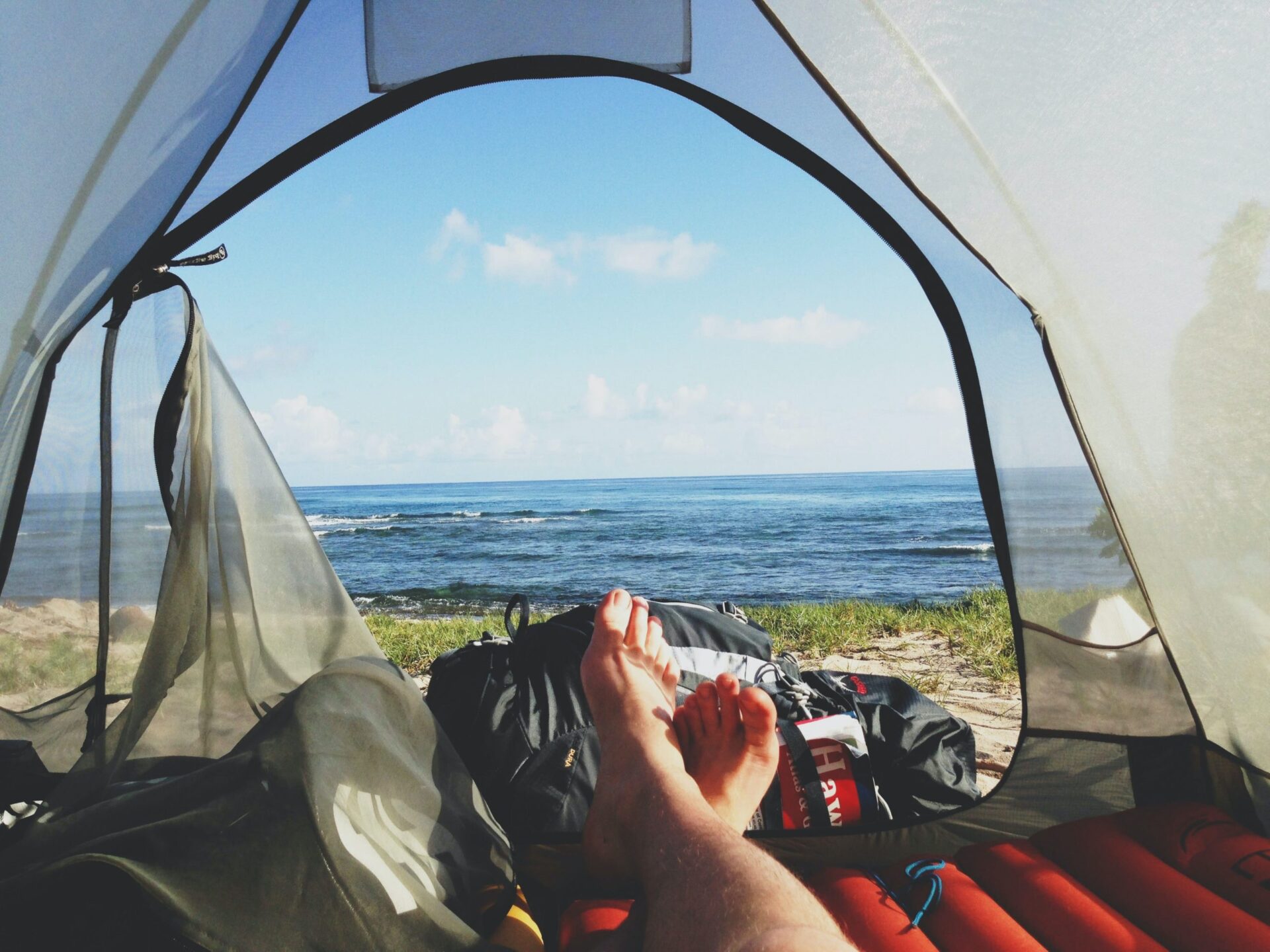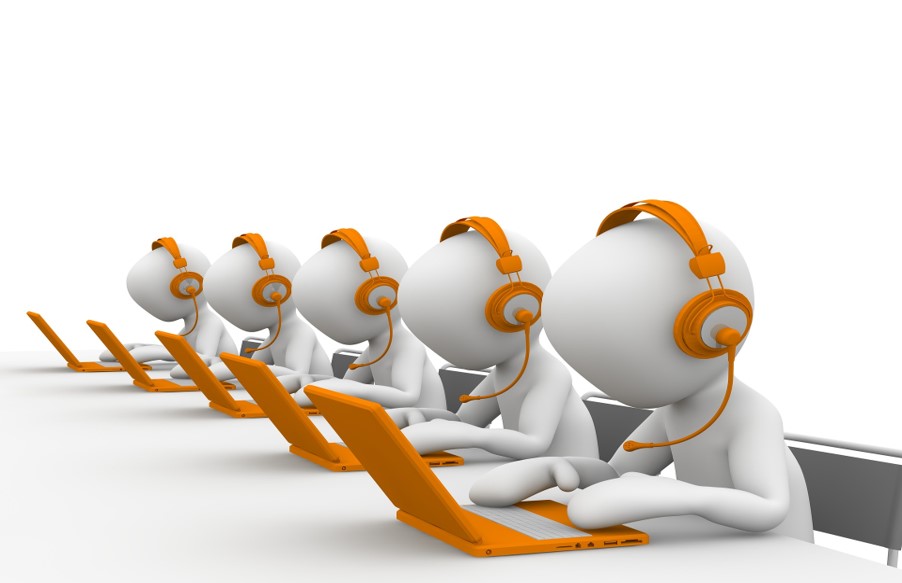NEW ZEALAND ERGONOMICS & ENVIRONMENTAL HEALTH AND SAFETY REQUIREMENTS

Estimated reading time:
It is the wish as all other countries in the world to put an end to the prevailing COVID-19 situation. Sustaining the economy during this tough period, is a challenge that businesses can overcome with the right support. In this blog, we will discuss New Zealand Ergonomics and EHS requirements, key legislation and guidelines to be followed.
New Zealand Ergonomics Requirements
Under the Health and Safety at Work Act 2015 , a person may have more than 1 duty imposed on the person by or under this Act if the person belongs to more than 1 class of duty holder
The Act requires the person— (a) to eliminate risks to health and safety, so far as is reasonably practicable; and
(b) if it is not reasonably practicable to eliminate risks to health and safety, to minimise those risks so far as is reasonably practicable.
In the context of this Act, a person conducting a business or undertaking or PCBU— (a) means a person conducting a business or undertaking— whether the person conducts a business or undertaking alone or with others; and
(ii) whether or not the business or undertaking is conducted for profit or gain.
but does not include— (i) a person to the extent that the person is employed or engaged solely as a worker in, or as an officer of, the business or undertaking:
(ii) a volunteer association:
(iii) an occupier of a home to the extent that the occupier employs or engages another person solely to do residential work:
(iv) a statutory officer to the extent that the officer is a worker in, or an officer of, the business or undertaking:
(v) a person, or class of persons, that is declared by regulations not to be a PCBU for the purposes of this Act or any provision of this Act.
Knowing and setting up an ergonomic workstation at home is a tricky situation for most of us as it is not the same as our office after all. This has been eased with the information available in this guidance document, Ergonomics. This document shares useful information on how to use a computer safely and how to correct your posture while sitting or standing to work.
This guidance document also provides information to prevent Musculoskeletal Disorders (MSD) at the workplace, which are muscle, tendon or nerve disorders caused by repetitive exertions, rapid motions, awkward postures, high force contact stresses, vibrations, and/ or low temperatures. Work-related MSDs are also referred to as cumulative trauma disorders, repetitive strain injuries, or repetitive motion illnesses. Here are examples of some common MSDs.
New Zealand Environmental Health and Safety Requirements
All companies based in New Zealand are to abide by the Work Health and Safety (WSH) Act and its subsidiary legislations. The Act requires all employers to conduct a risk assessment to identify hazards. Hazard here means anything with the potential to cause bodily injury, and includes any physical, chemical, biological, mechanical, electrical, or ergonomic hazard. It is the duty of the employer to ensure that all risks assessments must be reviewed periodically and communicated with all staff. Given the current situation where our home has been our new workplace, It is more relevant to ensure that the risk assessments are updated accordingly. This is to ensure that companies are legally compliant as well as reviewed their Business Continuity Plan for any emergency or unforeseen situation.
The sections from 35 to 39 (Incident Notification) from the Act, require a PCBU to notify the regulator as soon as they become aware of death, serious injury or illness or dangerous incident that arises out of the conduct of the business or undertaking. A serious injury or illness means that results in:
- work-related injury
- immediate hospital treatment as an in-patient
- immediate treatment for serious injuries (for example amputation, scalping, a spinal injury, loss of a bodily function or a serious laceration, burn, head injury or eye injury), or
- medical treatment within 48 hours of exposure to a substance.
The reported data helps the authorities to identify persons and industries at risk, as well as to identify new and emerging ones.
Current Legislation
Updated information for businesses is available off the Unite against COVID-19. There is a 4-level alert system for New Zealand. is in a specific Alert level, i.e., Alert Level 1, 2 and 3. You can learn on the safety measures to take in each of these alert levels to stay COVID safe.
What can you do as an Employer to ensure compliance?
Develop and/or Update the COVID-19 Response Plan
Some of the key action as below:
- address the level(s) of risk associated with various workplaces and work activities in the COVID-19 business plans and OSH risk assessments. For example, where, how and to what sources of COVID-19 might workers be exposed, including the public, customers, co-workers etc.
- consider worker’s individual risk factors (i.e., older workers, presence of underlying medical conditions, etc.).
- include in the plan a response plan to deal with a suspected case of COVID-19.
Communication channels
- Regular update to staff on updates on work arrangements or other useful information via appropriate channels, i.e., Intranet, emails, virtual town hall meetings, etc.
Keeping updated with legal updates is as important as having to comply with them. It is a chargeable offence to be non-compliant which can result with penalty along with jail term depending on the severity of the event.
How can Fit for Work help?
To learn more about setting up or managing an ergonomics programme that supports staff working from home or in the office or support with staying legally compliant, you can reach out to Fit for Work. For more information on our Ergonomics Self-Assessment and Education Tool, contact us.










